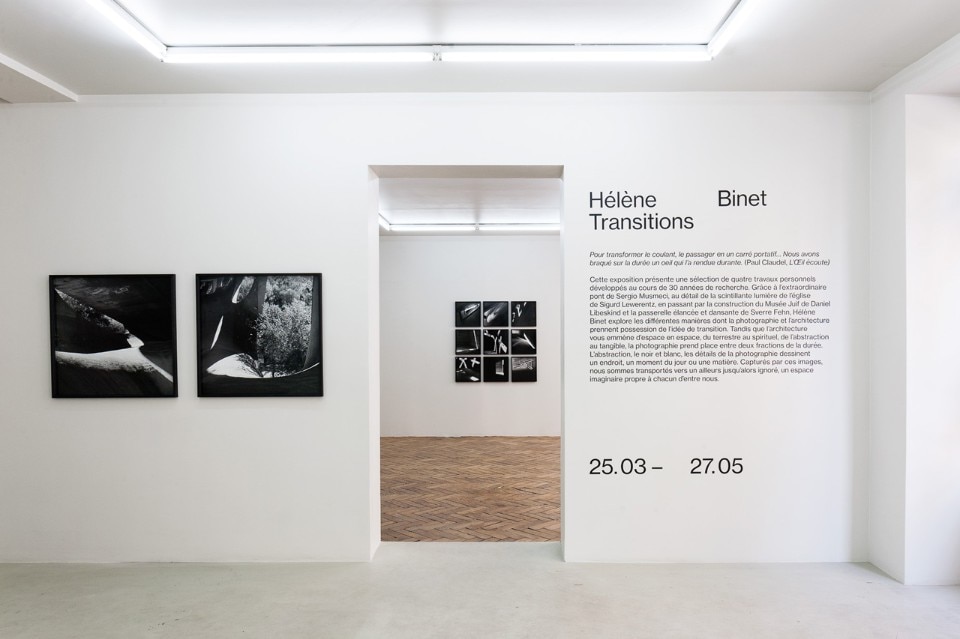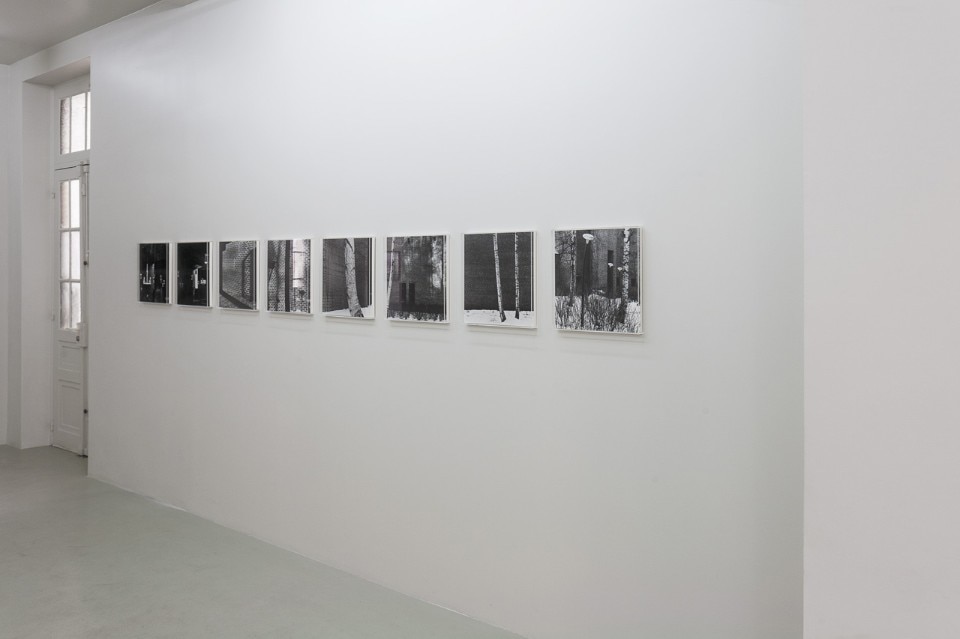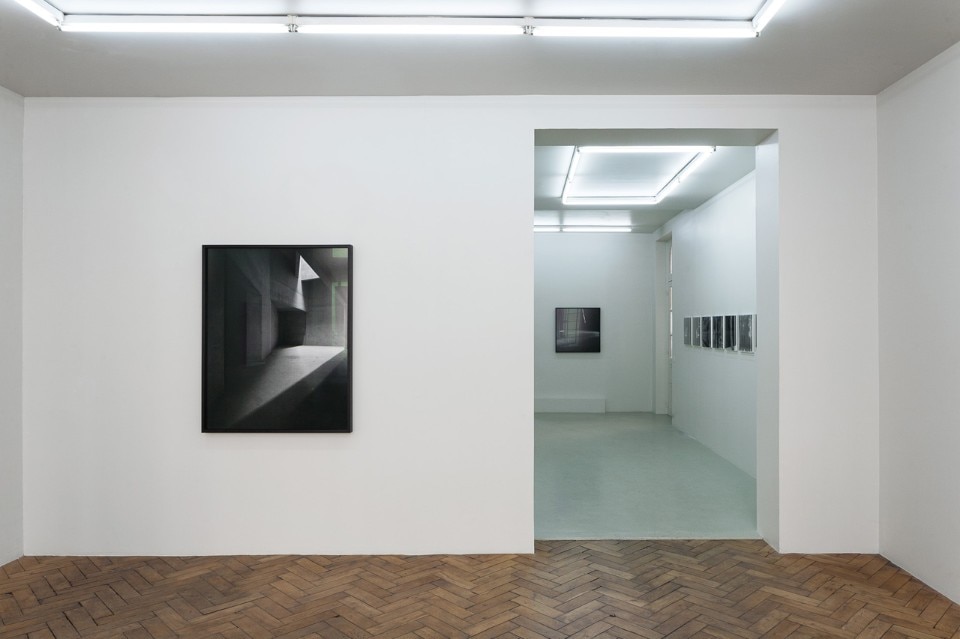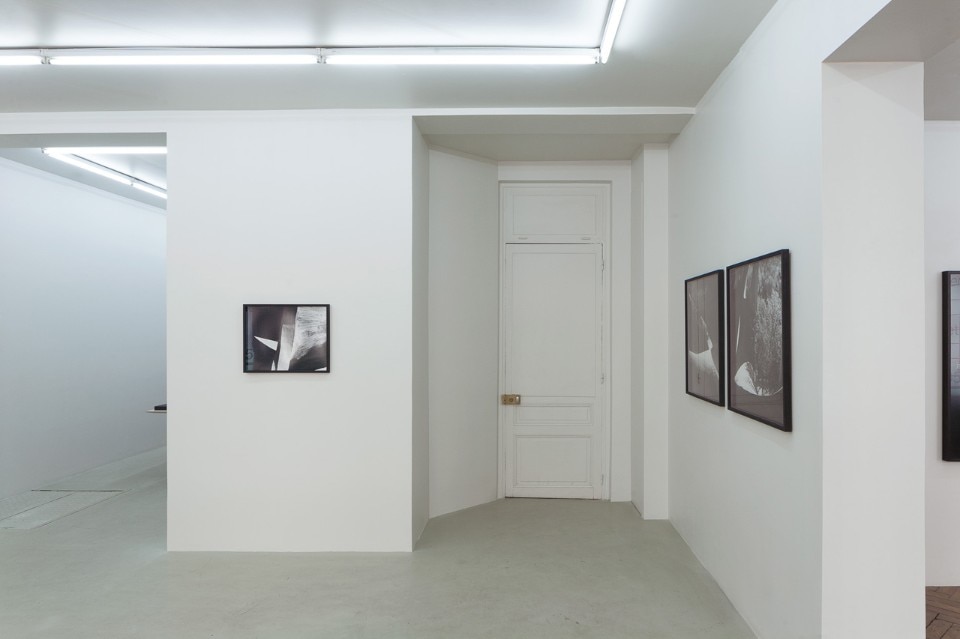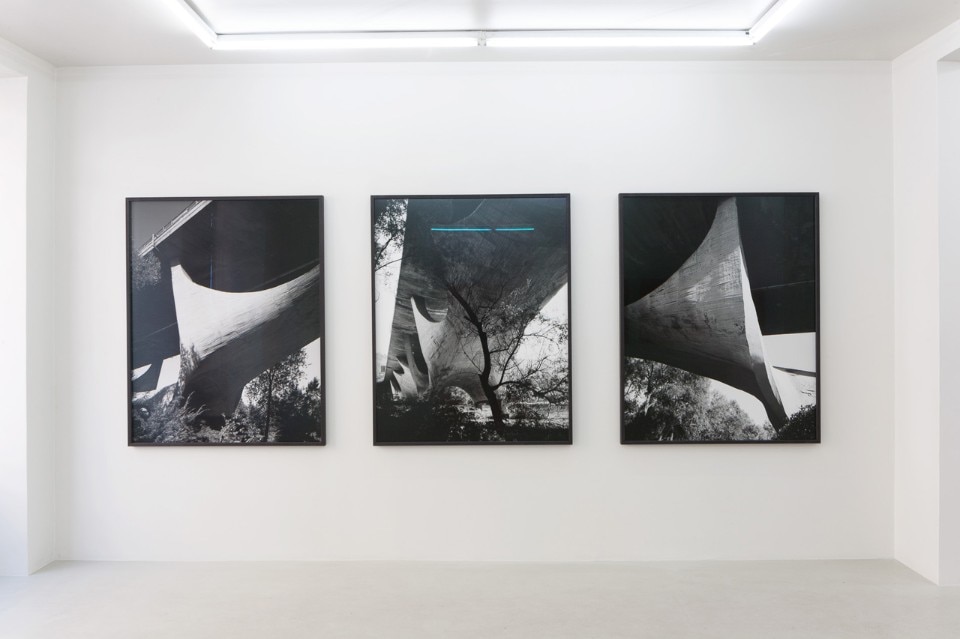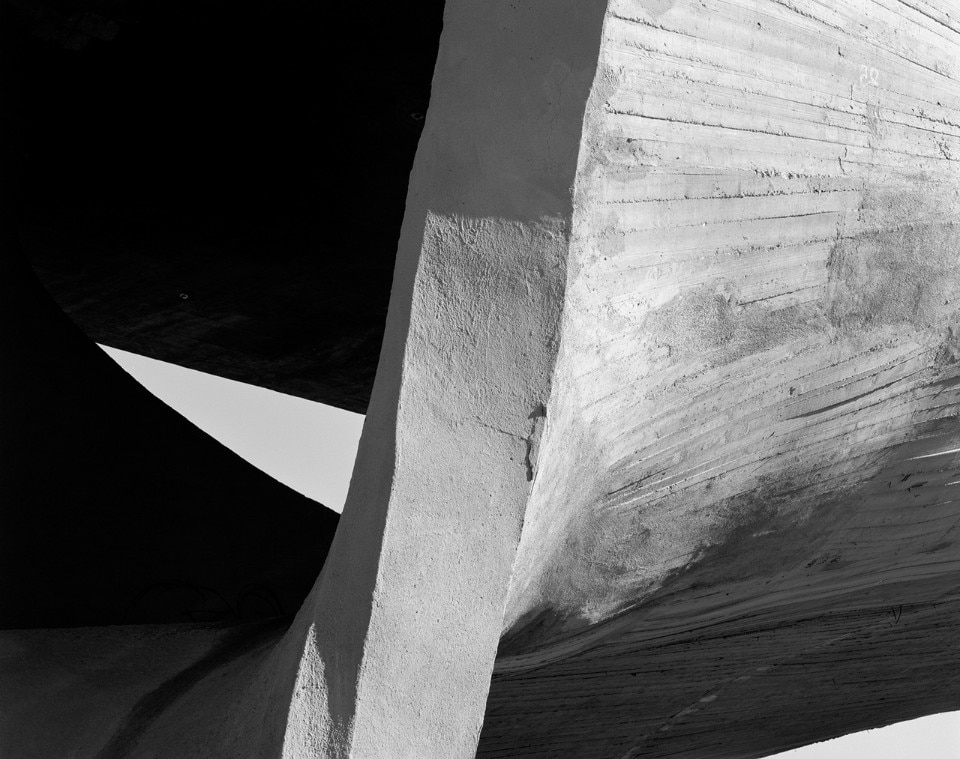
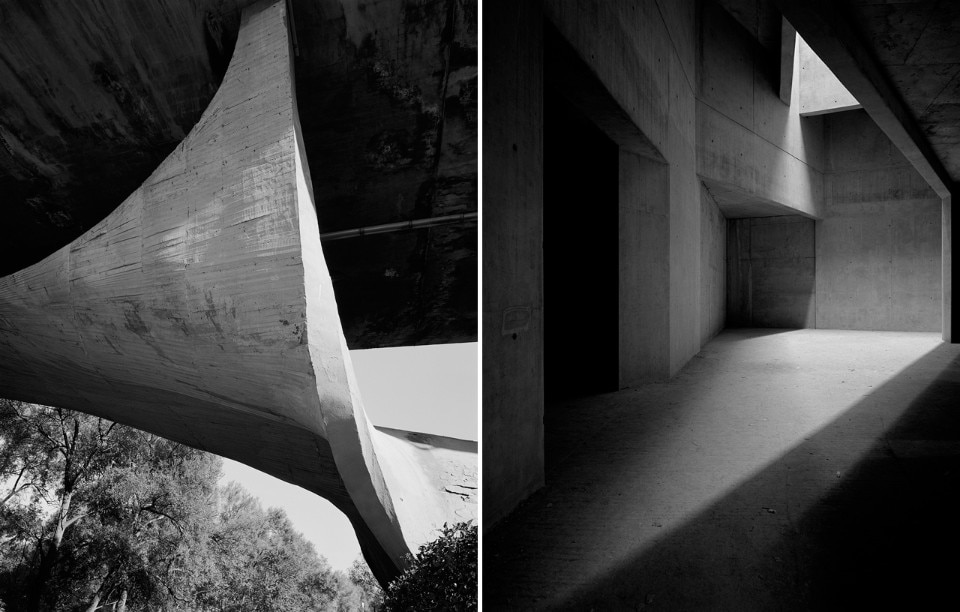
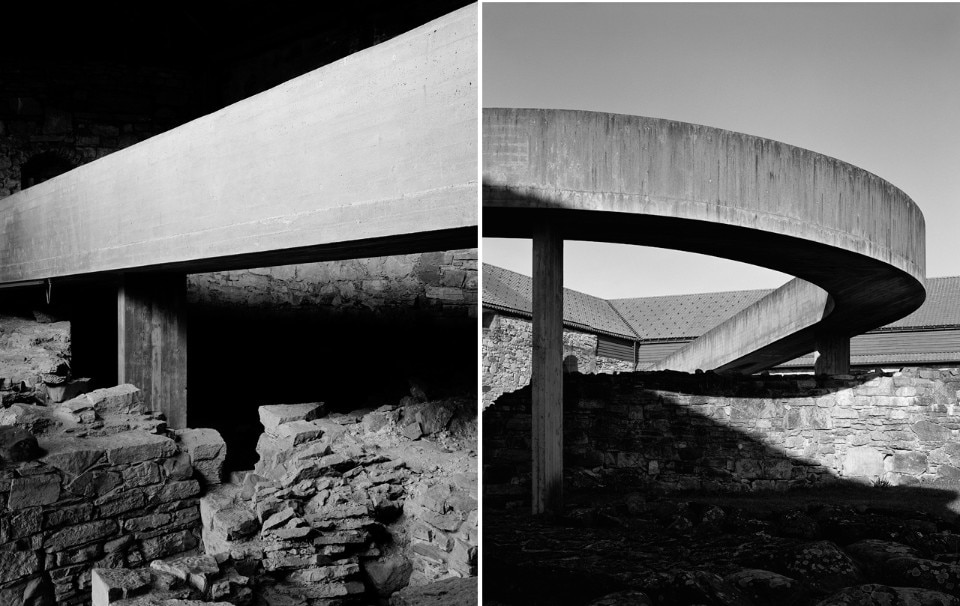
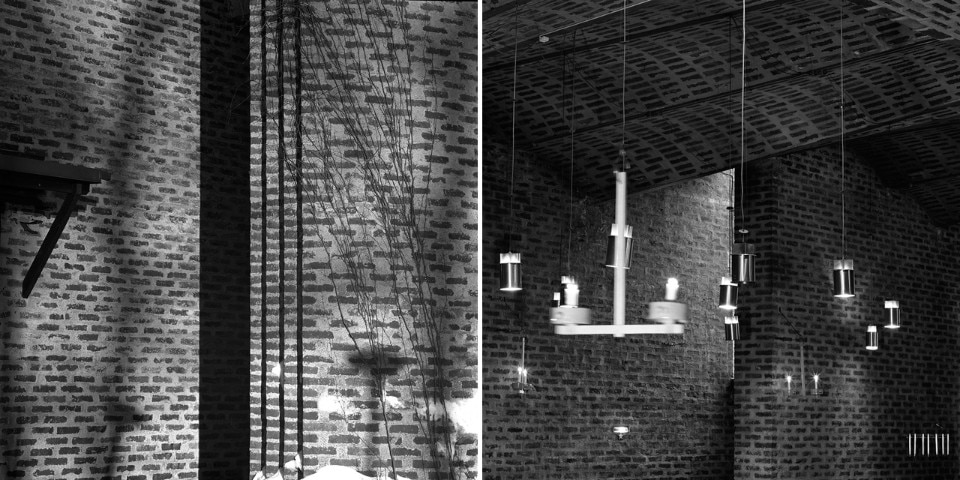
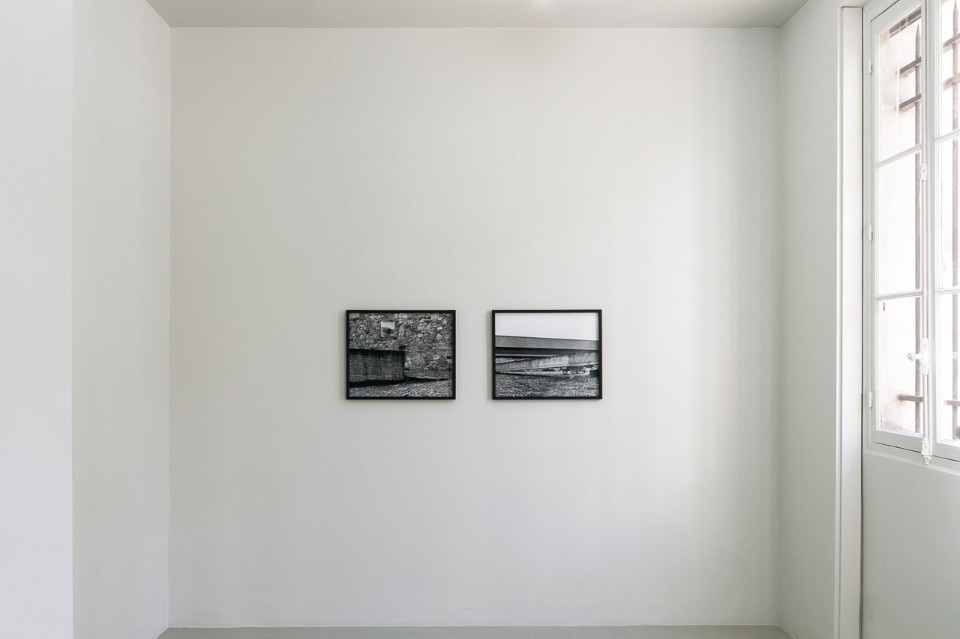
As we pass from one room to another we might think in terms of cataloguing the images by project: in reality the photographs are composed in diptychs, triptychs and sequences constructing a space around the works. Through these compositions that are never shouted but skilfully alluded to, the space begins to become space too, no longer a void between two points. The experience of the viewer is not only in the contemplation of the individual image but in the relationships created across the various rooms. It is a process of transition conceived as different ways of perceiving the change of subject. The images in this exhibition convey the complexity of an architectural journey, played out between changes of identity in the contemplative silence of the image.
fino al 25 maggio 2017
Hélène Binet – Transitions
Solo Galerie
11 rue des Arquebusiers, Paris


